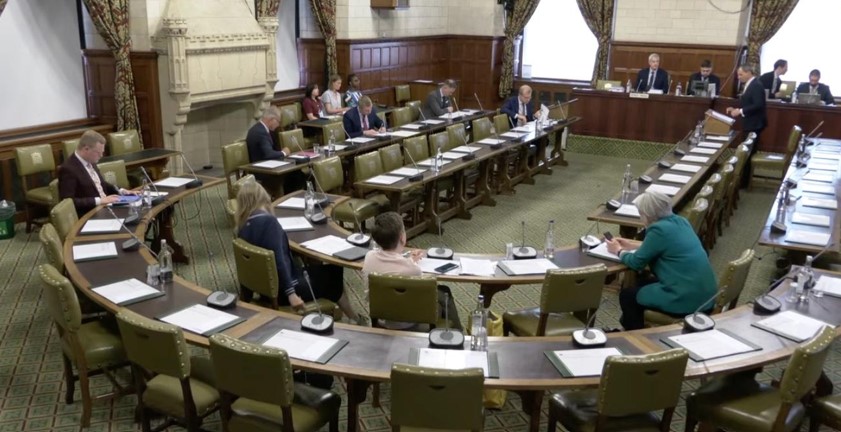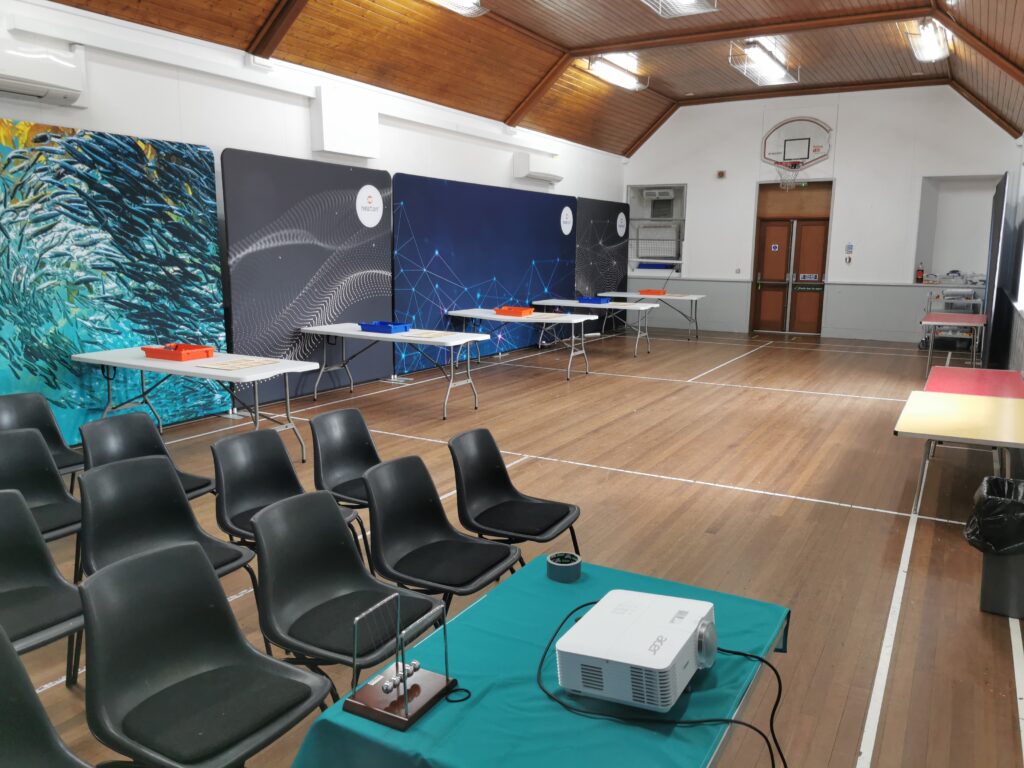This is a guest post by N. Jonathan Peress, VP and Director, Clean Energy and Climate Change, Conservation Law Foundation (CLF). It originally appeared on CLF‘s blog.
On February 6, 2003 then-Governor Mitt Romney stood in front of the Salem Harbor Power Plant in historic Salem Massachusetts and, while announcing that the plant would not be given additional time to comply with environmental regulations, said, “That Plant kills people.”
This week the Conservation Law Foundation (CLF) and HealthLink secured an Order from the US District Court in Massachusetts requiring Salem Harbor power plant owner Dominion to shut down all four units at the 60-year-old coal-fired power plant by 2014. In bringing a clear end to the prolonged decline of Salem Harbor Station, this settlement ushers in a new era of clean air, clean water and clean energy for the community of Salem, MA, and for New England as a whole.
The court’s order is based on a settlement with Dominion to avoid CLF’s 2010 lawsuit alleging violations of the Clean Air Act from going to trial. The terms of the settlement, which can be found here, ensure that:
- Units 1 and 2 at the plant must retire (indeed are retired) by December 31, 2011; Unit 3 by June 2014;
- Dominion may not repower the retired coal-burning units, even if a buyer for the power was to come forward;
- Neither Dominion, nor any successor, may use coal as fuel for generating electricity on that site in the future;
- Dominion must fund projects of at least $275,000 to reduce air pollution in Salem and surrounding municipalities that have been impacted by the plant’s emissions.
The settlement, and the legal actions which led to it, provide a template to force plant shutdowns as changing market conditions, public health concerns and cleaner energy alternatives push the nation’s fleet of old, polluting dinosaurs to the brink. What makes this outcome unique is that, as part of its advocacy strategy, CLF filed a successful protest at the Federal Energy Regulatory Commission in Washington DC which effectively prevented Dominion from collecting above market costs for operating this aging and inefficient power plant. This first-ever ruling by FERC is in stark contrast to coal power plant retirements in other areas of the country which were brought about by agreements to pay (i.e., compensate) plant owners for shutting down their plants. In the case of Salem Harbor Station, retirement resulted from legal action to deny the plant’s owner compensation and cost-recovery by ratepayers.
A little background: Most of the nation’s coal-burning fleet, were designed, constructed and began operation in the 1950’s and 60’s. More than 60% of them have been operating for 40 years or more, meaning that they are now beyond their useful design lives. This is the case for all of New England’s remaining plants, which generally were built more than 50 years ago. In addition to the excess pollution and inordinate adverse impact these plants impose to public health and the environment, they are finding it difficult to compete with newer, cleaner and more efficient power producing technology. In the market, the day of reckoning has arrived. New England’s coal-fired power plants are losing their shirts. They are rarely asked to run by ISO-New England, the operator of our regional electricity system, because their power is more costly (i.e., out-of-market) than the region’s cleaner and more efficient power generating fleet.
So why don’t they all retire? Unfortunately, there are several factors that can, in many instances, complicate matters. For Salem Harbor Station: system reliability (i.e., keeping the lights on). Because these plants were built so long ago, and unfortunately in close proximity to population centers where demand for power is greatest, the system was designed assuming that electricity is being generated at these locations. Thus, removing electricity generation from these sites can create reliability risks at times of peak electricity consumption. This was the case for Salem Harbor. Try as we might (including NStar’s recent $400 million transmission upgrade in the North Shore), when ISO–NE modeled worst case conditions, it still found that Salem Harbor was needed for reliability and consequently required ratepayers to pay to maintain Salem Harbor, even though its power was far more expensive to produce than more modern plants. To break this logjam, CLF filed a protest at FERC claiming that ratepayers were getting bilked (in legalese: paying rates that were unjust and unreasonable) and that a small investment to develop a reliability alternative for the plant would save the ratepayers money and would safeguard public health.
FERC agreed – at least with the money part (as FERC is a financial, not environmental regulatory agency). Its December 2010 order granting CLF’s protest compelled ISO–NE and the region’s electricity market participants to expedite the process for developing reliability alternatives for Salem Harbor’s expensive power (in utility parlance, to replace its “reliability function”). Shortly thereafter, ISO–NE crafted a new plan that will keep the lights on at reasonable cost to customers, while also creating a more flexible, reliable grid.
The new plan calls for simple and relatively inexpensive electric transmission line upgrades that will meet the area’s reliability needs without Salem Harbor Station and allow for the deployment of newer and cleaner energy resources like energy efficiency, conservation and renewables such as wind and solar. As soon as the plan was approved in May of 2011, the die was cast and Salem Harbor’s retirement became imminent. To its credit, the very next day Dominion announced that the plant would be shut down. As we all know, corporation’s make decisions based primarily on economics; once FERC denied them the above-market rates they had been collecting for years to maintain the plant, Dominion was compelled to retire the plant. Couple that with the prospect of major expenditures for pollution upgrades that would result from CLF and Healthlink’s lawsuit, there was only one rational outcome. Good-bye Salem Harbor station. Next up (or should I say, down): Mt. Tom, Brayton Point, both of which are uneconomic and facing the end of the road.
As I said in a joint press statement with Healthlink (found here), “This outcome sends a signal to coal plant operators everywhere that they cannot avoid costs through noncompliance with the Clean Air Act. These obsolete plants that either have decided not to invest in technology upgrades or are retrofitting at ratepayers’ expense are doomed: they are staring down the barrel of cheaper and cleaner alternatives to their dirty power and public and regulatory pressure to safeguard human health. When these plants can no longer get away with breaking the law as a way to stave off economic collapse, I predict we will see a wave of shutdowns across the country.”
The history of Salem Harbor Station is both long and tortured (recall then-Governor Romney standing at the gates of the plant in 2003 and saying that the plant was killing people). Despite its bleak financials and unjustifiable damage to public health and the environment, Salem Harbor Station continued to operate and pollute for a decade or more beyond when it should have succumbed to age and obsolescence.
Shanna Cleveland, staff attorney at CLF said, “The Court’s Order coupled with our successful FERC protest have finally put an end to a half century of toxic and lethal air pollution from Salem Harbor Station. The very factors that have been propping the power plant up for years beyond its useful life – cheap coal, lax environmental oversight, and overdue reliability planning – have been pulled out from under it.”
For more, including quotations from said Jane Bright of HealthLink and Massachusetts State Representative Lori A. Ehrlich, as well as more background on CLF’s Salem Harbor Station Advocacy, read the press release here.
Subscribe to our newsletter
Stay up to date with DeSmog news and alerts







